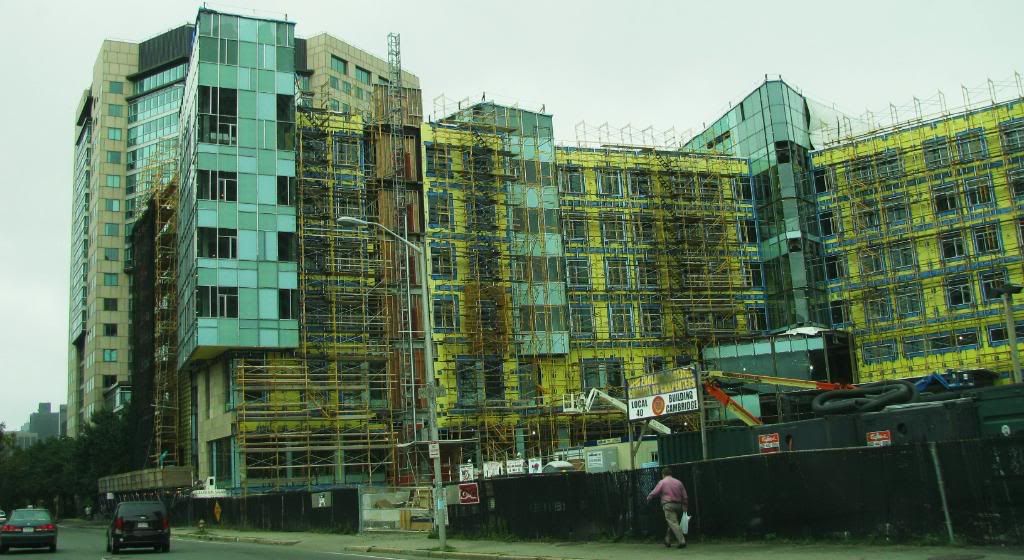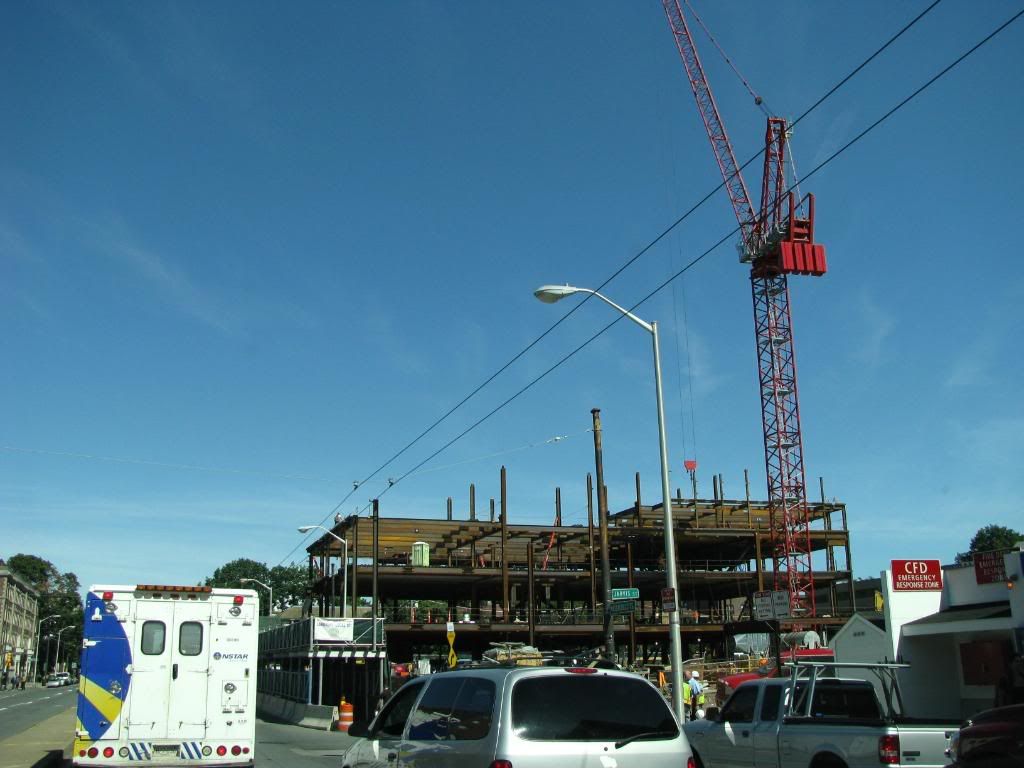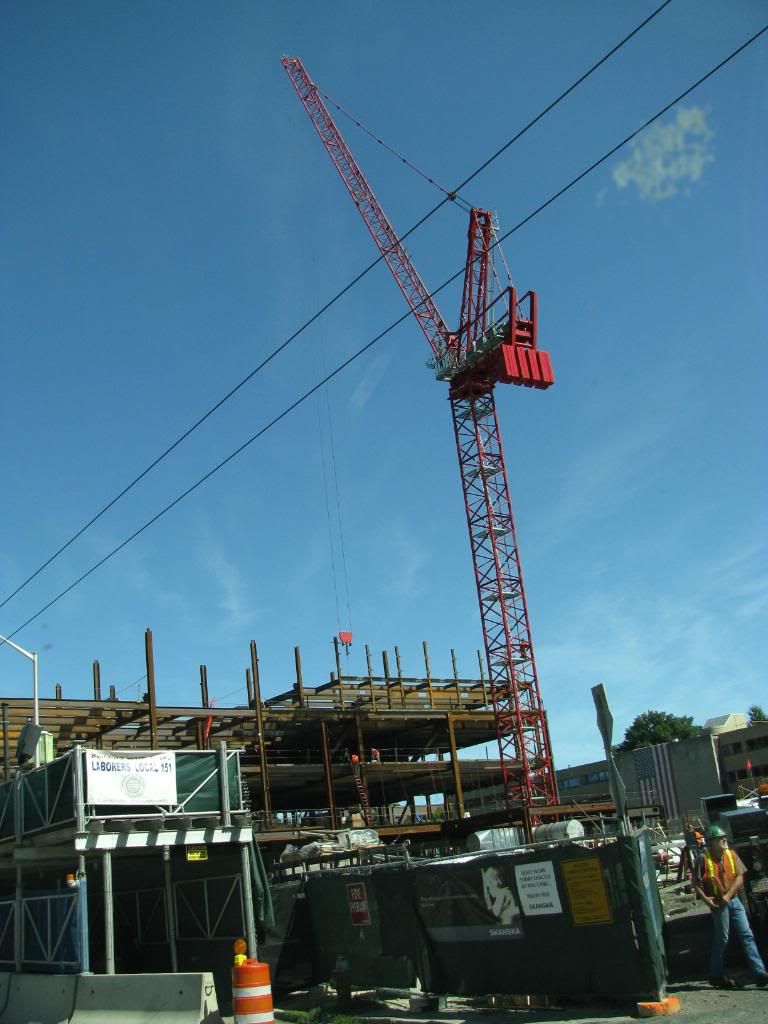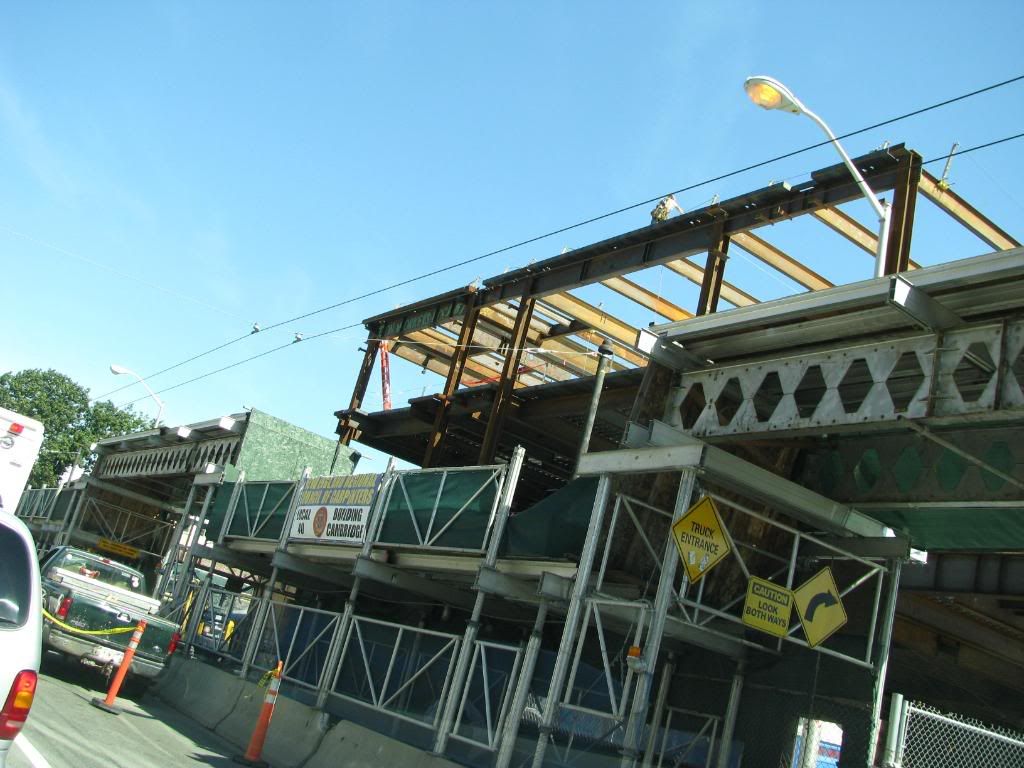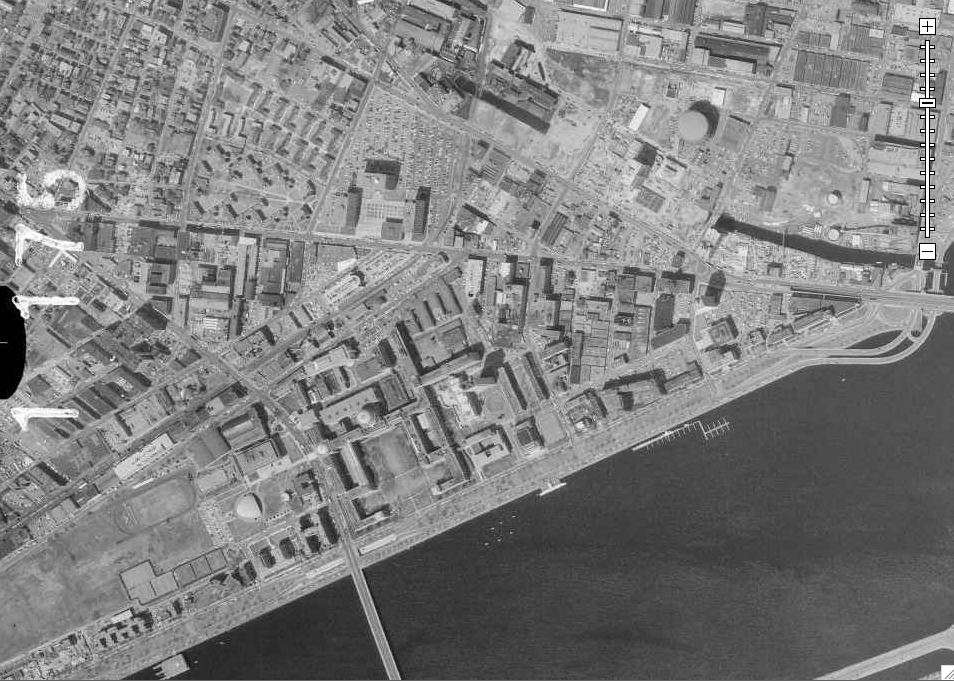Pierce
Active Member
- Joined
- May 29, 2008
- Messages
- 461
- Reaction score
- 1
Meier? Ann Behe at her best I would say, and not on a budget either. I have to say that I ride past this building every day and think has to be in the running for the best designed building in the BMA in at least a couple of years. Its a shame that it does not get any attention. Beha + Assoc. does some very fine work. I will be a proud care carrying memeber as soon as they open the doors.
cca
i believe the extension is Bill Rawn..... Beha did an interior renovation for the older building.


